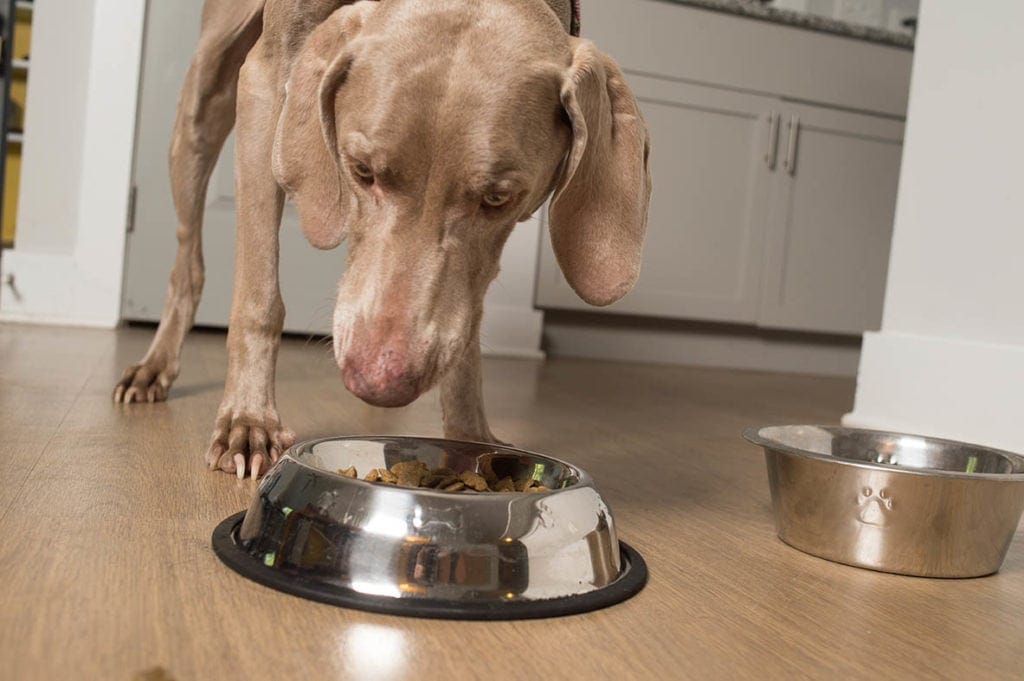Are you looking to add some variety to your dog’s diet? If so, you might be wondering if your furry friend can enjoy grains like millet. The good news is, dogs can safely consume millet! Not only is millet a rich source of essential minerals and vitamin B, but it is also easy to digest and does not contain gluten. In this article, we will explore the benefits of feeding millet to your dog and provide you with some tips on how to properly prepare it.
Types of Millet
Before feeding millet to your dog, it’s important to understand the different types of millet available. Millet is a small, round whole grain that is commonly grown in African and Asian countries. It is not only used for human consumption but also as feed for birds and livestock.
Millet comes in various species, appearances, and colors. The two main types of millet are small and large. Large millet types include:
- Pearl Millet
- Proso Millet
- Foxtail Millet
On the other hand, small millet varieties include:
- Barnyard Millet
- Finger Millet
- Little Millet
Nutritional Profile of Millet
Millet is packed with beneficial nutrients that can enhance your pet’s health. It contains magnesium, folate, iron, and protein. A cup of cooked millet (174 grams) provides 207 calories along with these essential nutrients. Millets also contain amino acids, which are the building blocks of proteins. Finger millet, in particular, has the highest amount of calcium among all millet strains and other cereal grains.
The Benefits of Millets
Feeding millet to your dog can offer several health benefits:
1. Rich in Antioxidants
Millet is rich in antioxidants, such as catechins and ferulic acid, which help neutralize free radicals and protect your pet’s body from oxidative stress. Some studies even suggest that ferulic acid aids in skin protection and wound healing.
2. Gluten-Free
Unlike some grains, millet is gluten-free. This makes it an excellent choice for dogs with gluten sensitivities or digestive issues.
3. Supports Cell Repair
Millet is rich in phosphorus, which supports bone and tissue regeneration in dogs. It also plays a vital role in cell repair, contributing to your pet’s overall health and longevity.
How to Serve Millet to Your Dog
You can choose between two approaches when it comes to feeding millet to your dog: preparing it yourself or purchasing store-bought millet dog food.
Make a Millet Treat for Your Dog in 3 Steps
If you prefer to cook millet for your dog at home, follow these simple steps:
Boil Water: Cook a cup of millet in hot water, similar to cooking rice. Let it simmer for about 20 minutes until the millet becomes fluffy and soft.
Drain the Remaining Water: After the millet has cooked, drain any excess water from the pot.
Add Meat: To make the millet more enticing to your dog, mix in their favorite meat, such as beef or pork. Avoid adding any seasoning or fats that could be harmful to their health.
Risks of Feeding Millet to Dogs
Generally, millet is safe for dogs to consume. However, individual dogs may have sensitivities or allergies to certain foods. If your dog has a sensitive stomach, millet may cause digestive issues. Additionally, it’s crucial to store millet properly to avoid mold growth. Mold on millet produces aflatoxins, which can be harmful to both dogs and humans. Store millet in an airtight, moisture-proof container, away from heat and light. Before feeding millet to your dog, always check for any signs of discoloration or mold.
Frequently Asked Questions
What Grains Should Dogs Avoid?
The top three grain allergens for dogs are soy, wheat, and corn. Oatmeal, sorghum, and barley should also be avoided if your dog has sensitivities to these ingredients. It’s worth noting that adverse food reactions are not common in dogs, occurring in less than 5% of cases, and typically related to a protein source.
Which Millet Is Best for Dogs?
Pearl millet is one of the best millet varieties for dogs as it is rich in iron. It is also an excellent source of dietary fiber, carbohydrates, and proteins.
How Much Millet Should I Give to My Dog?
The amount of millet you should feed your dog depends on their size, age, and activity level. It’s always recommended to consult with a nutritionist or veterinarian to determine the appropriate portion size for your furry friend.
Conclusion
Millet can be a nutritious addition to your dog’s diet, providing variety and essential nutrients. If you plan to incorporate millet into your pet’s meals, consult with an animal nutritionist or veterinarian to ensure you’re offering the right type and amount. Additionally, store millet properly to prevent mold growth and potential health risks. Remember, while millet can be a healthy treat, it should not replace your dog’s regular food.
For more information about pet nutrition and care, visit Pawsoha.


